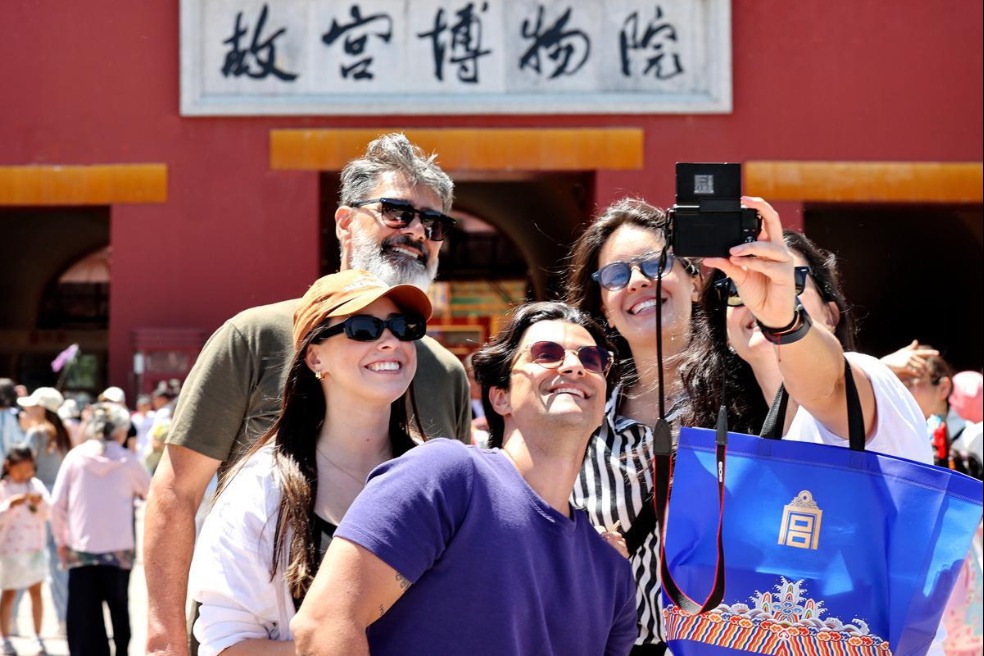Traditional crafts find modern place
Artist of dough figurines incorporates popular characters in national intangible heritage as a way to preserve the past, Yang Feiyue reports.
By Yang Feiyue | China Daily | Updated: 2025-03-08 10:57

The event highlighted the capital's cultural legacy tied to the Winter Olympics, says Su Jing, deputy director of the Beijing culture and art inheritance and development center affiliated with the Beijing Municipal Bureau of Culture and Tourism.
"We wanted to revisit the intangible cultural heritage projects that served the Olympics and celebrate their contributions to this historic event," Su adds.
On the third anniversary of the Winter Olympics, the gathering brought together over 50 representatives from the travel industry, cultural heritage practitioners, and members of the Olympics operations team to explore collaboration opportunities.
"We'd like to have professionals from hotels and travel agencies experience these intangible cultural heritage projects and create opportunities to integrate them into modern tourism and hospitality, ensuring their survival and relevance," Su says.
At the event, business representatives and cultural heritage inheritors forged agreements to co-develop creative cultural products and host workshops for employees.
Beijing's famous chain restaurant Quanjude, whose roast duck technique was named an intangible cultural heritage in Beijing's Xicheng district in 2008, delivered Olympic-themed pastries, including two-tone hockey pucks made of purple sweet potato, yam and curling stone-shaped macarons.
The restaurant brand provided catering services to the Winter Olympics.
"The hockey pucks carry a sweet Osmanthus flavor, while the macarons have strawberry and blueberry notes," says Ma Zhenbin, the cold dish chef at Quanjude's Olympic Park branch.
At the last stop of the exhibition, velvet flower brooches handmade by Cai Zhiwei, an inheritor of the velvet bird and flower craft, a Beijing intangible cultural heritage, were quickly snatched up.
The art form's link to the Winter Olympics lies in its use as hat ornaments for the awarding ceremony.
Inspired by Dunhuang murals, the designs feature a lotus and peony motif in blue and red.
























